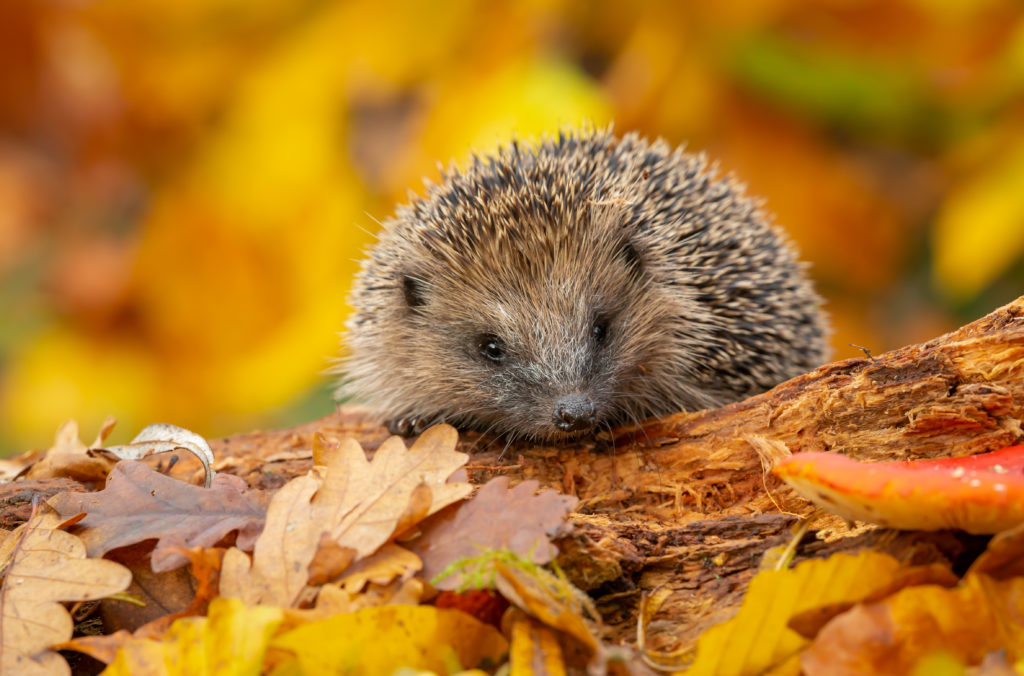Somerset Council is inviting residents, landowners, community groups, and businesses to have their say on the area’s first Local Nature Recovery Strategy (LNRS), a statutory plan to protect and restore wildlife and habitats.
The public consultation invites everyone to have their say on key environmental priorities and propose ideas that will guide long-term nature recovery efforts.
The plan is comprised of:
- Statement of Biodiversity Priorities – Defines goals and actions based on input from stakeholders
- Local Habitat Map – Shows where nature recovery actions can be most effective
The LNRS will help to guide action and investment in areas where nature recovery is most needed. It will also support land managers, developers, planners, environmental groups, and residents in identifying opportunities for nature recovery.
Councillor Graham Oakes, Somerset Council’s Executive Member for Public Health, Climate Change and Environment said:
This strategy is about working together to make sure that our wildlife, green spaces, and natural landscapes can thrive for future generations. Your input is vital in shaping a shared vision for nature recovery across Somerset.
The Local Nature Recovery Strategy will set out the most important actions for nature recovery which can be taken by the council, partner organisations and by local residents.
Being surrounded by thriving, nature-rich landscapes is often what draws people to live in Somerset, it is so important for our health and wellbeing. This plan is an essential step towards restoring habitat and diverse ecosystems across the county by mapping out areas for nature restoration. We need everyone’s input to make it work, whether you are a farmer, a resident, or a business owner, your perspective matters.
We would like to thank everyone who took part in the strategy’s development work last year and that has been factored into the draft plan which is now going out for public consultation.
I would encourage anyone who cares about nature in Somerset to get involved and share their ideas.
The LNRS is a draft plan by Somerset Council aimed at reversing the decline in nature across the county. It outlines priorities for nature recovery, recommended actions, and target areas to achieve the greatest environmental benefits.
Public feedback will help shape the final version before it is published later this year.
The consultation will be launched on 19 September and will close 31 October. Residents can read the draft strategy and submit their views via the Council’s Local Nature Recovery Strategy 2025/26 consultation page.

